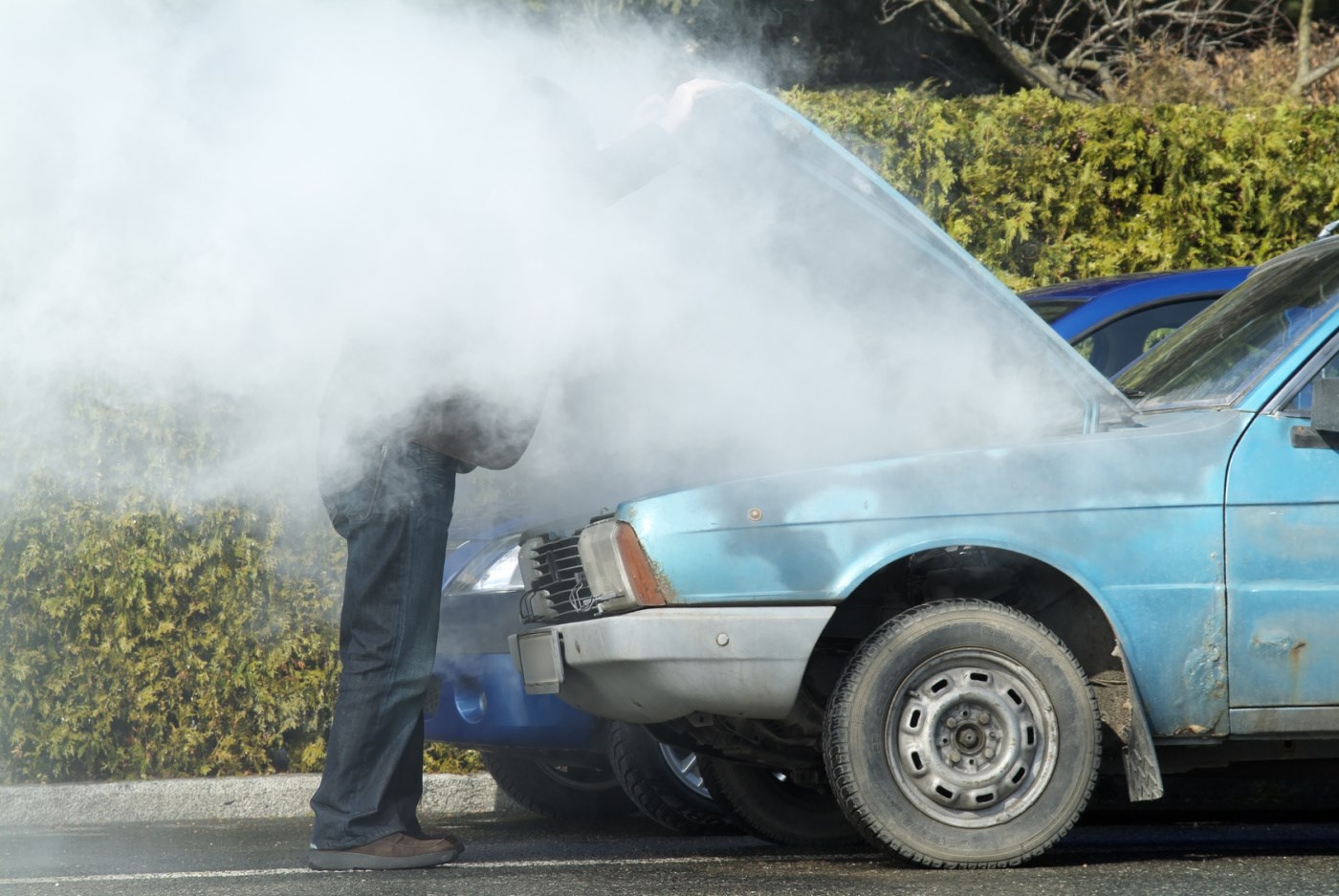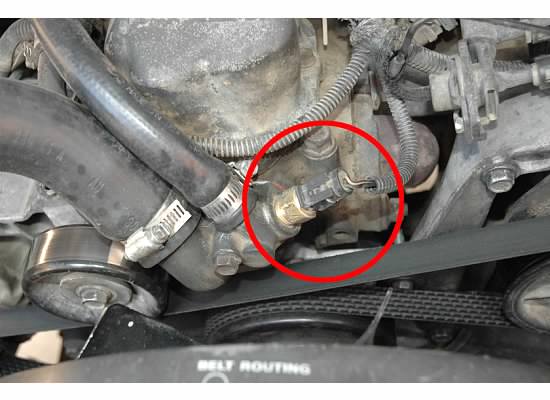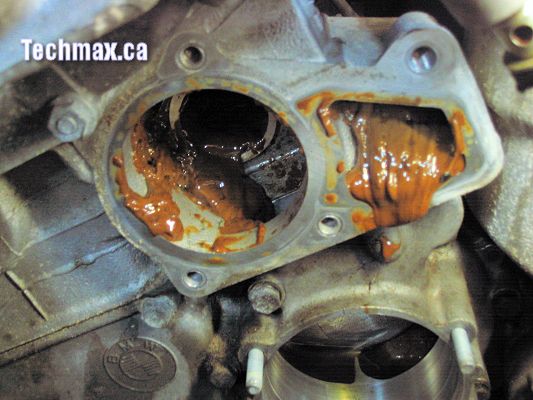
A small mistake causes countless burns and injuries annually, all of which can be avoided with simple steps, God willing.
First, prevention is better than treatment: –
* Paying attention to periodic maintenance and reviewing fluids and oils on a regular basis avoids a lot of trouble.
* Using the coolant recommended by the manufacturer and avoiding the use of tap water prevents the formation of salts and rust inside the cooling system and extends the life of the engine.
* Attention must be paid to the counters and warning lights while driving, and to note the abnormal readings.
* Neglecting and postponing maintenance of minor faults leads to aggravation and leads to wasting a lot of time and money.
Second: What is the correct behavior: –
99% of drivers consider that the correct behavior is to stop the car, open the radiator cap, and try to cool the engine with water or coolant, which is a completely wrong behavior and may cause the driver to suffer serious injury because the coolant is under pressure and high temperature. .
It may also increase engine damage, especially if it takes a long time to bring water or coolant.
So what is the correct behavior when noticing that the engine temperature indicator is higher than the normal situation?
The first step: –
Park the car in a suitable place.
Step two :-
Stop the engine and if there is no steam rising from the engine cover, open it very carefully and make sure of three things: –
1/ In 90% of cars, the engine belt turns on the water pump (water pump) and when the belt stops, the engine stops. The coolant is inside the engine, so you must make sure that the engine is running.
2/ In some cars, such as Daewoo, Volkswagen and Skoda, there is a transparent plastic box in which the coolant is placed, called the bag, and in others, such as Toyota and Hyundai, there is a surplus box next to the radiator. Check whether the bag or the surplus box has coolant or not, but without opening it.
3 / Make sure there is no coolant leakage. Note the radiator cap, in the water pipes and under the car.
Step Three:-
* After making sure that the engine has cooled completely (I repeat completely), take a piece of cloth, preferably thick and wet with water, and gradually open the radiator cap to allow the pressure to escape (radiator vent) and after making sure that the pressure is removed, start Open the lid and look at the coolant level. If you find that the fluid level is missing or not, start the engine and start adding coolant slowly, noting whether the temperature indicator has decreased or not.
* Also note whether the cooling fans work or not, and if they do not work, try running the air conditioner for a short period and note if it works or not (and if you have a little experience in car mechanics, you can pull the plug of the coolant temperature sensor and the fans are supposed to work directly).

* If the engine temperature drops, drive the car carefully without operating additional loads such as the air conditioner, and it is better to go by car to the nearest workshop for review, and if the temperature does not drop or continues to rise, you should not risk because it can cause great damage to the engine and many financial costs, so it is better to tow the car to the nearest workshop.
Ok, if the engine temperature is normal, but the problem is electrical in the coolant temperature sensor or in the indicator?
The issue becomes discretionary and its assessment is due to the driver of the car because he knows his car.
Ok if you are in a bridge or in a place that does not allow stopping?
You can get an additional radiator with a simple trick that helps cool the engine by up to 30%, which is by turning on the heating system after directing the air conditioner vents away from you because the heating system works with the same idea as the engine cooling radiator and when it is turned on, hot water passes through a small radiator under the dashboard, and the operation of The heating system cools the engine, but it will heat the passenger compartment (see the last picture).
Note:-
If the coolant level is higher than what is allowed, whether in the bag or the overflow tray, it will lead to an increase in the engine temperature as well.
In the following picture, the damage to the BMW aluminum engine increased significantly

There are no reviews yet. Be the first one to write one.

